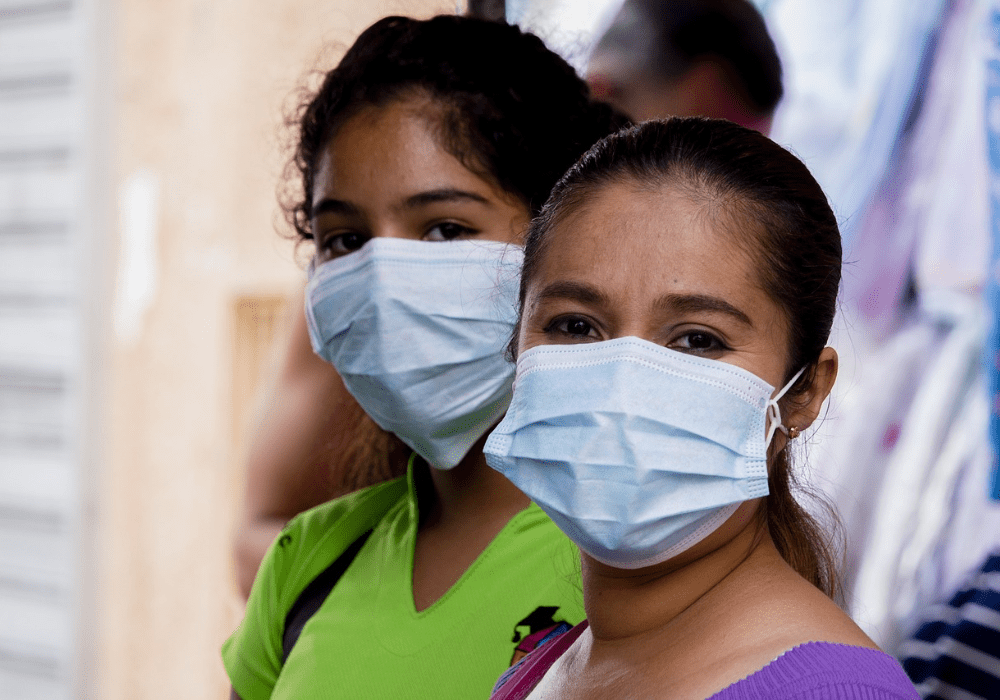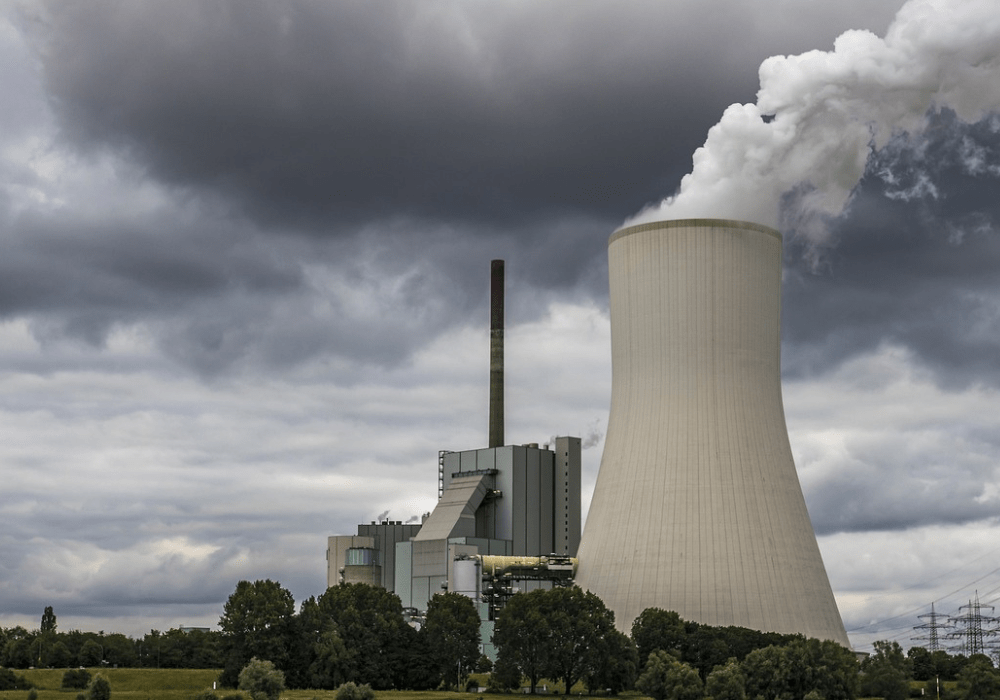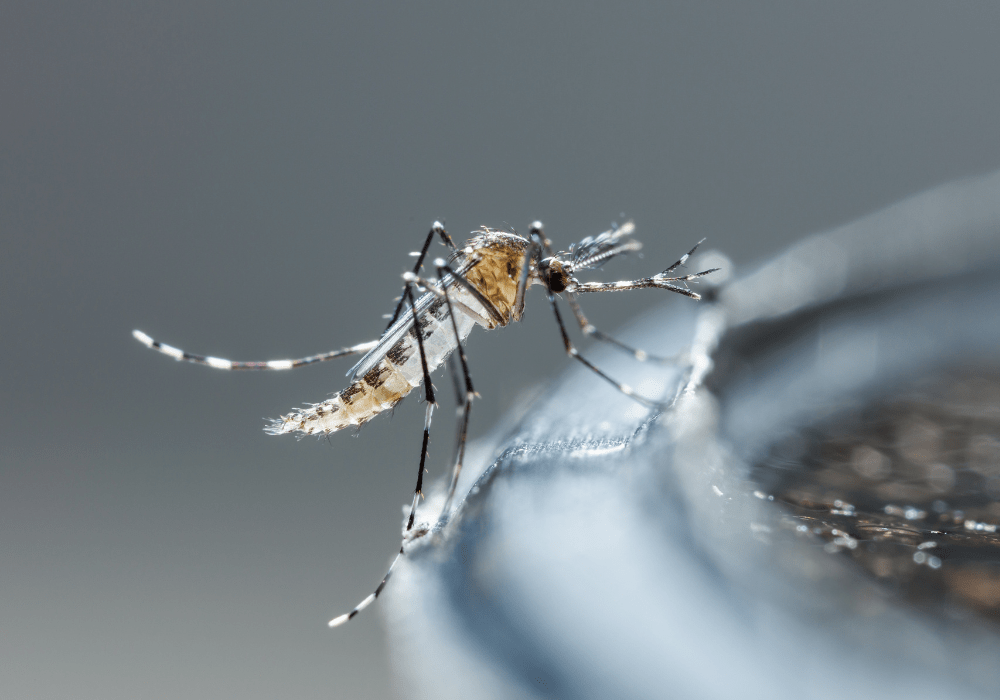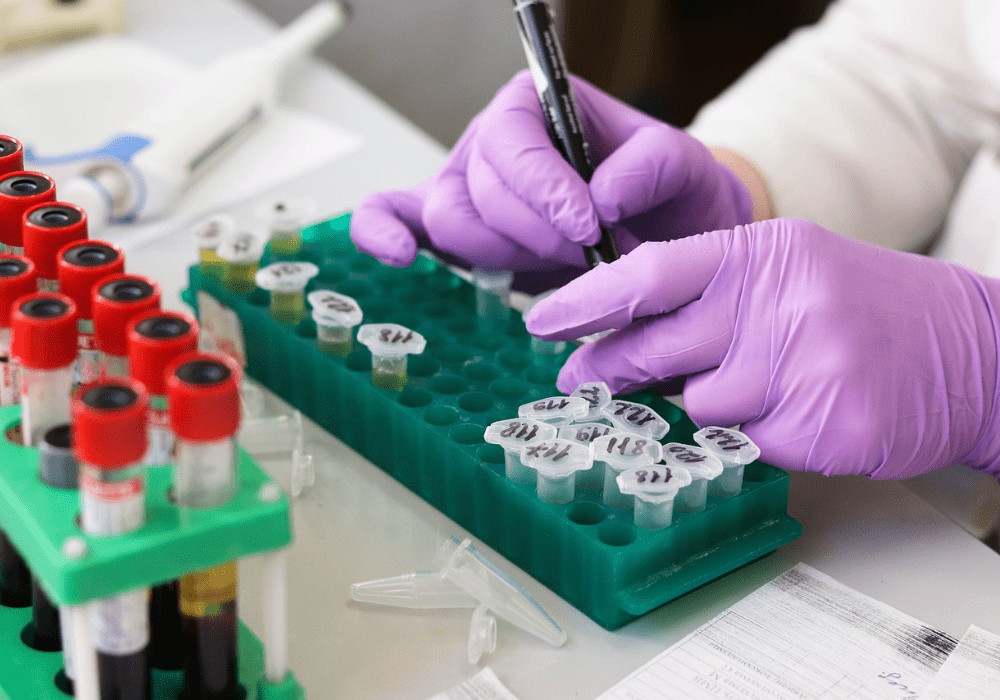
Tobacco usage among children and adolescents has increased tremendously alongside the use of e-cigarettes. According to a 2024 report from the World Health Organization (WHO), an estimated 37 million children worldwide reported using tobacco. As of 2023, e-cigarettes are the most commonly used tobacco product in the United States, with approximately 7.7% of middle- and high-school students reporting usage.
Continue reading “E-Cigarette Marketing Gimmicks Increase Rates of Adolescent Smokers”








